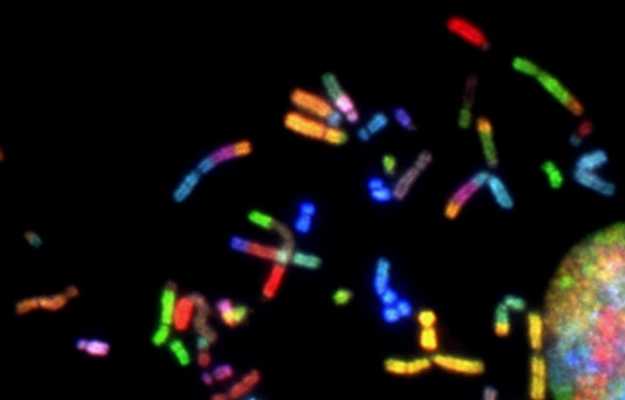VEXAS is an auto-inflammatory disease that starts in late adulthood. It is caused by a mutation in the UBA1 gene. The mutation affects the production of E1 enzyme which initiates ubiquitylation—that is, the enzyme that activates a regulatory protein called ubiquitin which can combine with other proteins and change the way they act, their location and other factors. Ubiquitin is also important for the regulation of the immune system.
The condition affects men who have the mutated UBA1 gene in some of the X-chromosomes in their body and the normal gene in the other X-chromosomes (mosaicism). The inflammatory disease that is reportedly fatal in four out of 10 patients produces symptoms like widespread inflammation, recurring fever and vacuoles (bubbles) myeloid and erythroid precursor cells.
Currently, the diagnosis is made based on a study of the genomic sequence—by looking for specific changes in the UBA1 gene. Before this discovery, patients with this condition were mistakenly diagnosed as having an inflammatory condition (examples include relapsing polychondritis, Sweet’s syndrome, polyarteritis nodosa, or giant-cell arteritis) or with a blood-related or hematologic condition such as myelodysplastic syndrome or multiple myeloma. (Read more: Bone marrow transplant)
Researchers at the National Human Genome Research Institute, US, discovered the disease after looking for the common genetic mutations across 800 genes in over 2,500 patients with inflammatory disease. They found 50 examples with the specific mutation responsible for VEXAS.
























